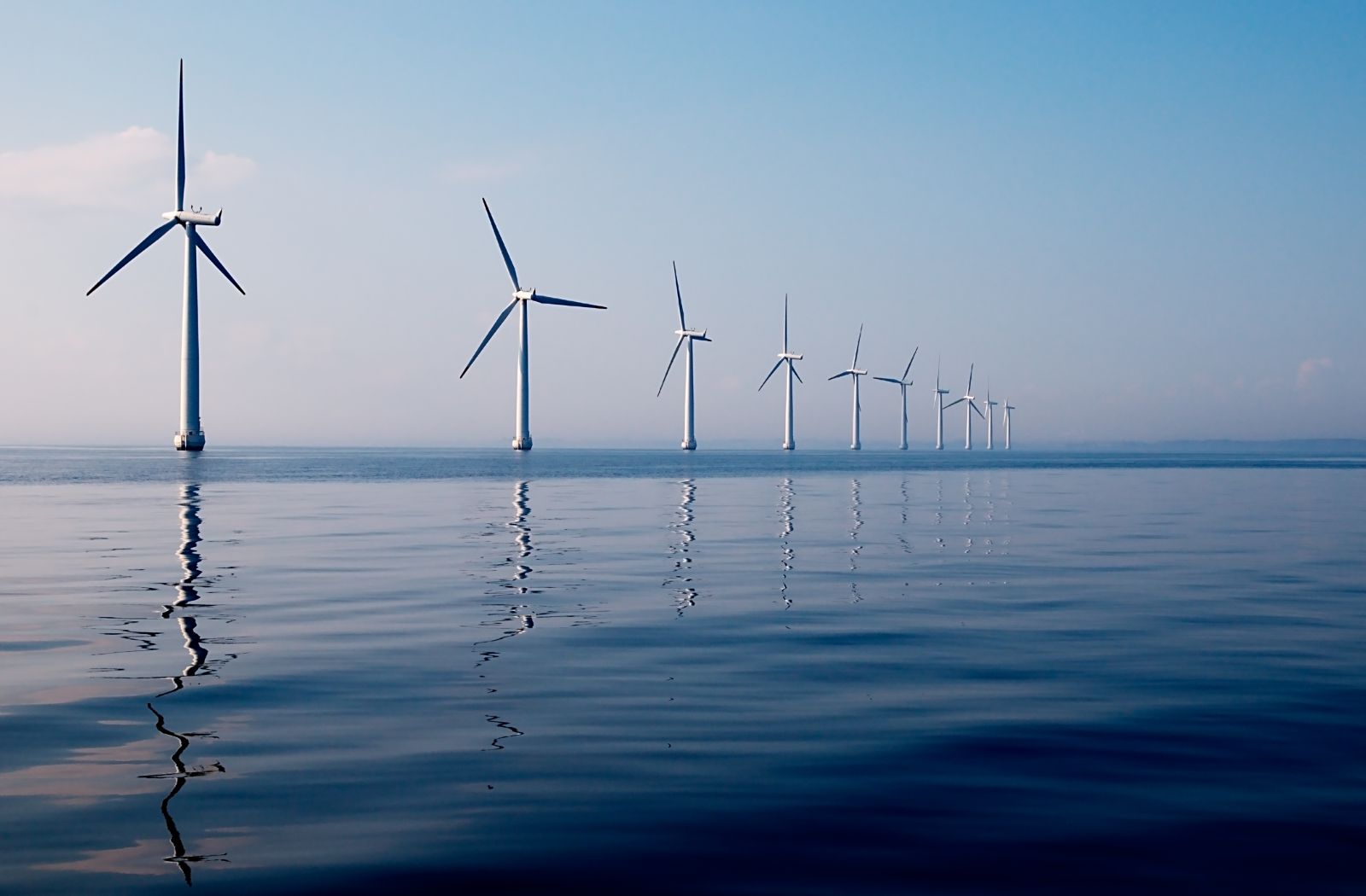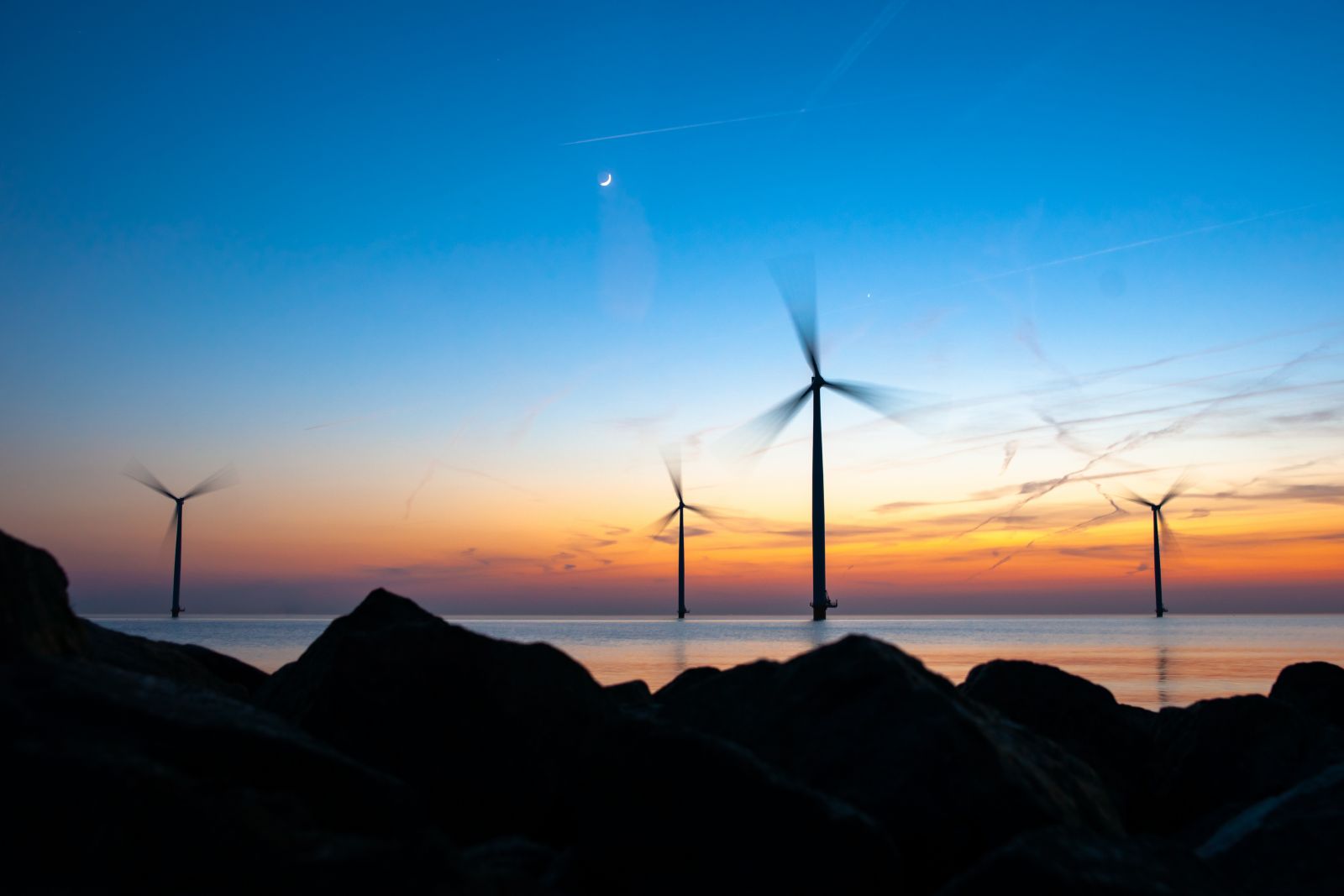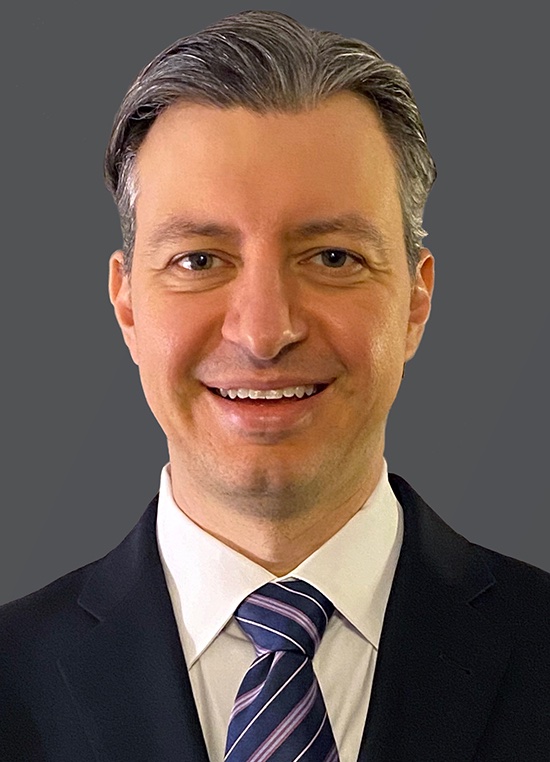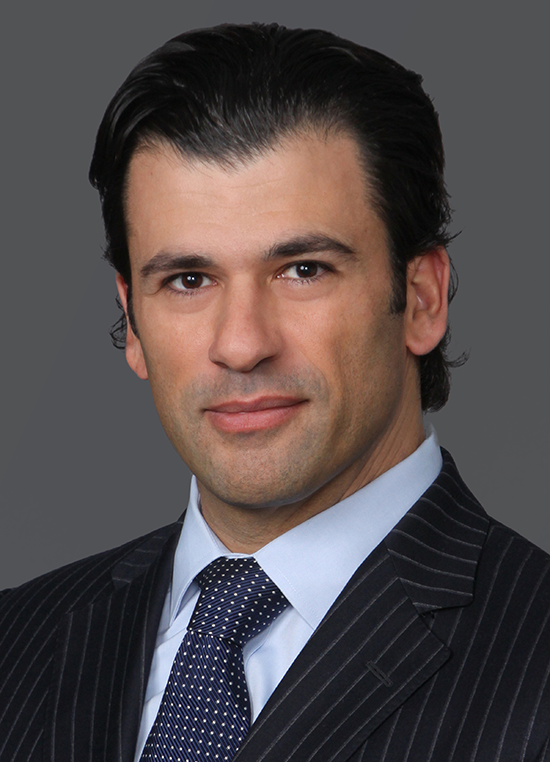The Law Off the Land: Why offshore wind developers, utilities, and investors should give early consideration to environmental law risks
U.S. offshore wind energy planning and development is front and center and accelerating at light speed. The Biden Administration announced a commitment to create 30 gigawatts of electricity via U.S. offshore wind by 2030. Congress provided a boost to offshore wind development late last year, with a 30 percent investment tax credit to projects that start construction before 2026. In October 2021, U.S. Department of Interior Secretary Deb Haaland announced plans to spur that development by offering up to seven offshore wind lease sales by 2025 in federal waters off the East, Gulf, and West coasts. In addition, at the recent COP26 in Glasgow, Secretary Haaland challenged other countries to join the U.S. in setting ambitious targets for offshore wind development and providing the investments required to achieve them. The Bureau of Ocean Energy Management (BOEM) within Interior has been busy making these policy statements a reality. BOEM approved the first commercial-scale offshore wind project in the U.S. off the coast of Massachusetts, announced upcoming lease sales for areas off New York and North Carolina, identified wind energy areas for potential leasing off the coast of California and is exploring new areas in the Gulf of Mexico, and will be reviewing at least 16 construction and operation plans for offshore wind facilities by 2025. And, that's just the start of it.

For developers, utilities, and investors considering offshore wind opportunities, early consideration should be given to, among other things, (1) potential risks under federal environmental laws related to acquiring such leases and bringing a commercial offshore wind project online, and (2) actions that can be taken to minimize such risks.
BOEM's current renewable energy leasing program for the Outer Continental Shelf (OCS) occurs in four distinct phases:
- Planning and Analysis - This initial phase involves the federal identification of wind energy areas (WEAs), which are areas appropriate for wind energy leasing, after which BOEM gauges the commercial interest in such areas. BOEM estimates that this phase takes one to two years.
- Lease Issuance - After identifying WEAs, BOEM usually holds a competitive lease auction; the winners receive exclusive rights to seek BOEM approval for offshore wind development within specific leased areas. BOEM estimates that this phase takes up to one year.
- Site Assessment - After obtaining a lease, the lessee undertakes efforts to characterize the lease area through various studies and develops and implements a Site Assessment Plan (SAP). The SAP describes the lessee's proposed site assessment activities for the lease area, including planned construction and installation of a meteorological tower or buoys, which requires BOEM approval before such activities can commence. BOEM estimates that it takes roughly one year for the lessee to submit and receive approval of its SAP, and up to five years to complete site assessments and surveys.
- Construction and Operations - In the final phase, the lessee submits a Construction and Operation Plan (COP) for BOEM review and approval. This describes the construction, operations, and conceptual decommissioning plans for onshore and offshore facilities. Upon approval, the lessee can then move forward with construction and operation of the offshore wind project. After submission of a complete COP, BOEM estimates that it takes up to two years for review and approval.
For each phase, BOEM (as the lead agency) and consulting federal agencies (such as the U.S. Fish and Wildlife Service and National Marine Fisheries Service) must conduct reviews and grant authorizations as necessary under various federal environmental laws. At a high level, the primary federal reviews and/or authorizations fall under the National Environmental Policy Act, Endangered Species Act, Marine Mammal Protection Act, National Historic Preservation Act, and Coastal Zone Management Act. In addition, for each phase, other federal agencies must conduct reviews and grant authorizations for certain elements of the proposed activities. Generally, these secondary federal reviews and/or authorizations fall under the Magnuson-Stevens Fishery Conservation and Management Act, Migratory Bird Treaty Act, Bald and Golden Eagle Protection Act, and water and air quality laws.

Each phase of BOEM's OCS leasing program carries a different risk profile with three primary risks:
- Delay - The complex array of environmental reviews and authorizations can take a substantial amount of time and resources. BOEM coordinates with the various federal agencies throughout the reviews, and many of the reviews are conducted jointly or simultaneously. However, agencies often take longer than project applicants prefer, especially with complex projects that require reviews and authorizations by multiple federal agencies.
- Mitigation Measures - Agency approvals throughout the phases may be conditioned on mitigation measures or standard operating conditions that are costly or cause operational challenges. For example, as a condition for approving a construction and operation plan, BOEM may require, among other things, specific monitoring, surveying and reporting, seasonal construction restrictions, turbine placement restrictions, and use of wildlife protection devices.
- Litigation - Although offshore wind development enjoys widespread public support, commercial-scale offshore wind projects still may face opposition and legal challenges. As we have seen with the first U.S. projects, at various phases, opponents may file federal lawsuits alleging that agencies' reviews under certain environmental laws were insufficient, and the decisions should be invalidated.
Developers, utilities, and investors should carefully analyze and consider the degree to which these three primary risks will impact the BOEM phases for the specific offshore wind development project they are considering. The overall risk profiles for each offshore wind project will differ based on many things, including location, size, potential impacts to the environment, wildlife, species, and cultural resources and local opponents. When conducting an environmental law risk analysis, developers, utilities, and investors should consider lessons learned from offshore wind development in Europe, which is already operating over 5,000 offshore turbines across twelve countries. As offshore wind development has progressed in Europe, so has the environmental regulatory landscape with, among other things, environmental reviews becoming more robust earlier in the leasing process to consider the cumulative effects of the offshore projects already online.
Federal environmental law risk is only one of mainly early considerations for developers, utilities, and investors considering offshore wind opportunities. Other early considerations include (1) project finance needs, because an average offshore wind farm requires billions for site assessment and surveying, specific project development, construction, operation, and decommissioning, and, to date, though there are many operating offshore turbines globally, only one small project has reached financial close in the US; (2) applicability of production or investment tax credits and the phasedown provisions based on when construction begins; and (3) Jones Act-compliance vessels for pre-construction, construction, operation, maintenance, and de-commissioning of the offshore wind facilities.

Lauren A. Bachtel is Counsel in Mayer Brown's New York office and a member of the Global Projects & Infrastructure Group.

Eric R. Pogue is Partner in Mayer Brown's New York office and a member of the Global Projects & Infrastructure Group

Kirsti Massie is Co-Head of Mayer Brown's Global Projects & Infrastructure Group and is based in London.

Paul J. Astolfi is Co-Head of Mayer Brown's Global Projects and Infrastructure Group and is based in Chicago.

Meredith Campanale is Partner in Mayer Brown's London office and a member of the Global Projects & Infrastructure Group.
Mayer Brown has broad expertise in offshore wind energy development, assisting developers, investors, and lenders globally with the growing industry.
Mayer Brown | www.mayerbrown.com
Author: Lauren A. Bachtel, Eric R. Pogue, Kirsti Massie, Paul J. Astolfi, and Meredith Campanale
Volume: 2022 January/February








